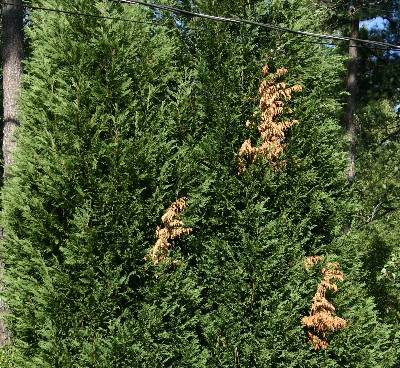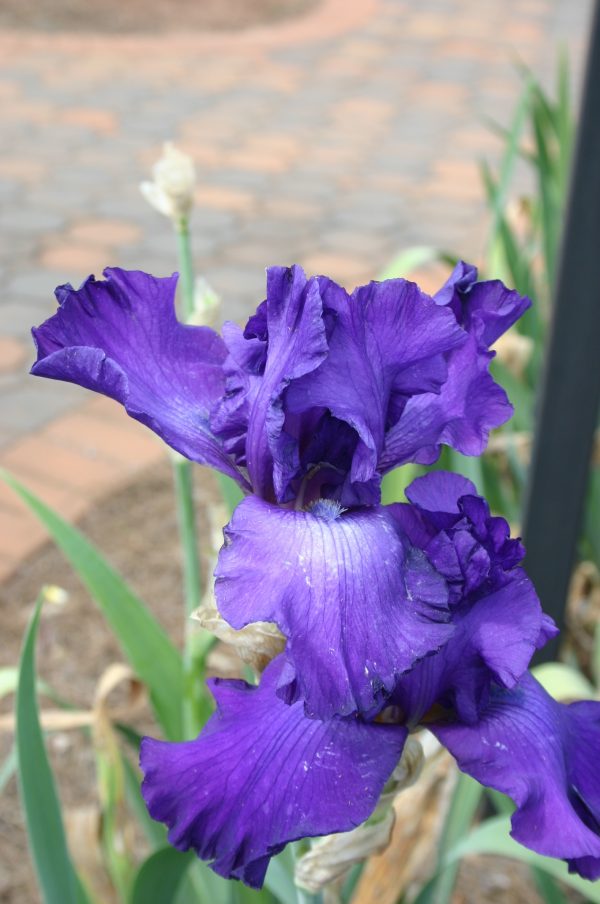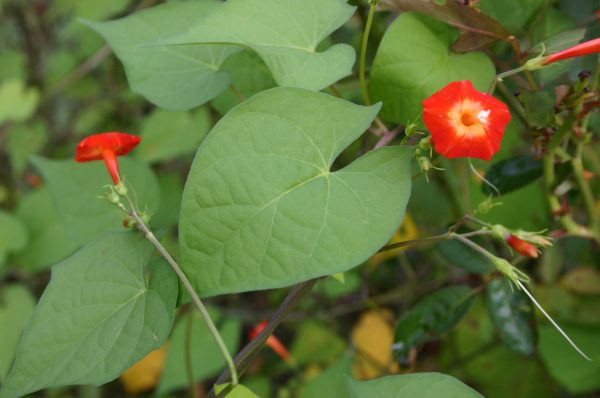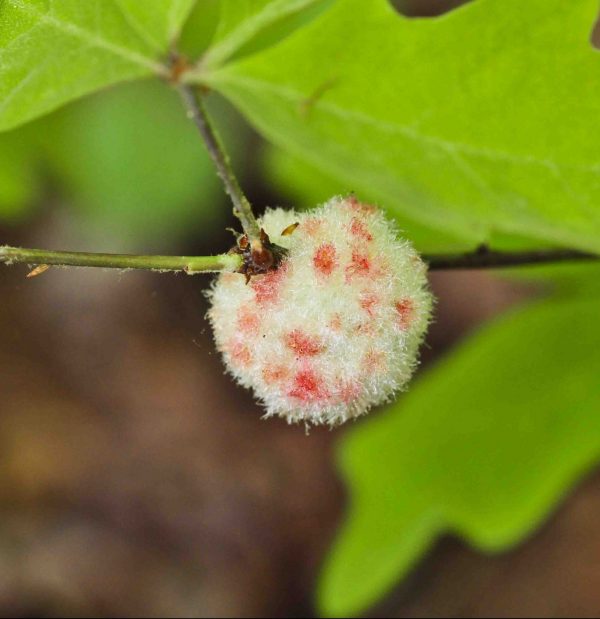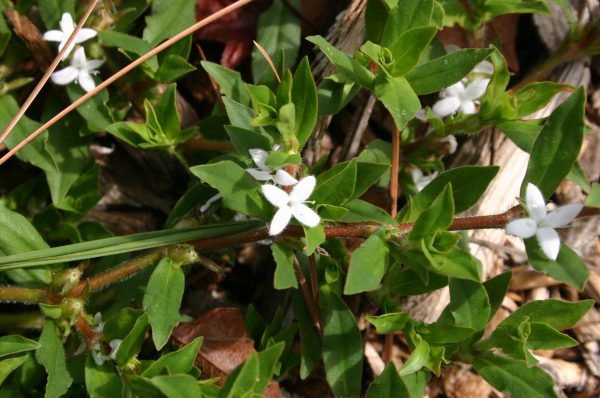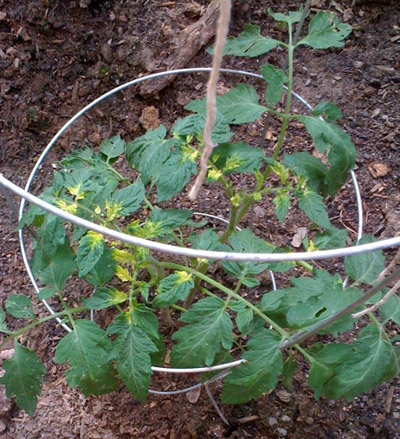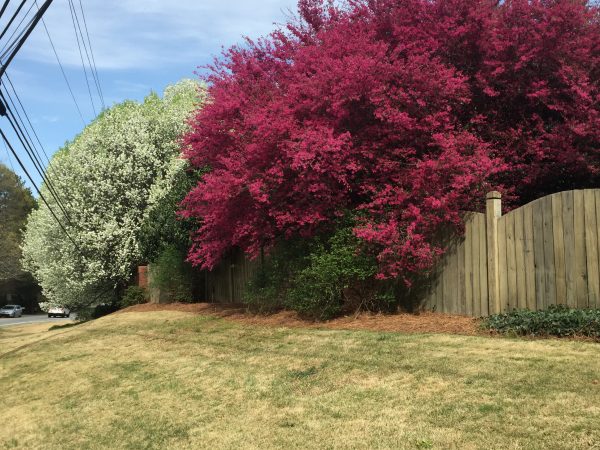Blueberry – Freeze Damage
Q: I have 9 blueberry plants in Fayette county. The plants are full of buds on the verge of blooming. The weather forecast is calling for mid to upper 20s temperatures this week, the last of February. Will the blueberry buds be damaged to the extent that I will not get berries this year? Is there anything I can do to prevent damage?
A: It will all depend on how low it goes and how long it stays there. The state of the bud will determine damage too.
North Carolina Extension Service says:
“Rabbiteye blueberries have survived -10F but are often damaged below 0F. As flowerbud swell progresses, cold tolerance decreases. By the time individual flowers begin to protrude from the bud, temperatures below 20F will begin damaging the most exposed flowers. When corollas have reached half of their full length, temperatures below 25 to 26 F will kill the complete flowers. However, at this stage, blossoms on rabbiteye blueberries may receive corolla damage at temperatures as high as 30F. The corolla withers, but usually remains attached. The withered, unopened corolla prevents bee pollination and otherwise undamaged flowers drop rather than developing into fruit.
“When the blossoms are open, a temperature of 27F for more than a few minutes causes damage. Immediately after corolla drop and before the berry begins to swell is the most sensitive stage. A few minutes below 28F will result in damage. As the berry begins to enlarge, susceptibility is similar to the critical temperature of 28F for open blossoms.
Auburn University says the following temperatures give 90% damage at different stages of bud development:
Swelled Flower Buds 21 F
Individual Flowers Distinguishable 25 F
Flowers Distinctly Separated,
Corollas Expanded but Closed 28 F
Fully Opened Flowers 31 F
see also



